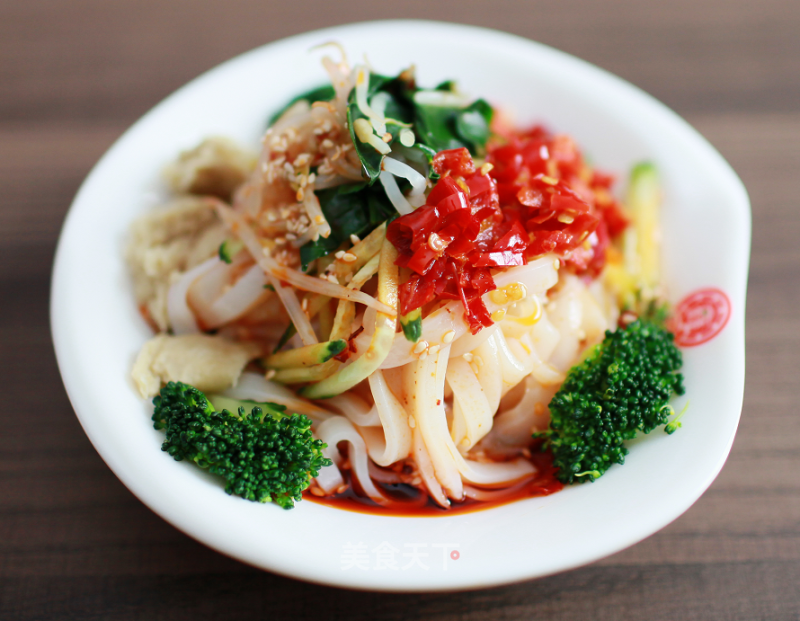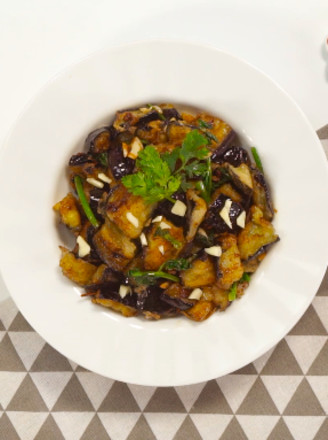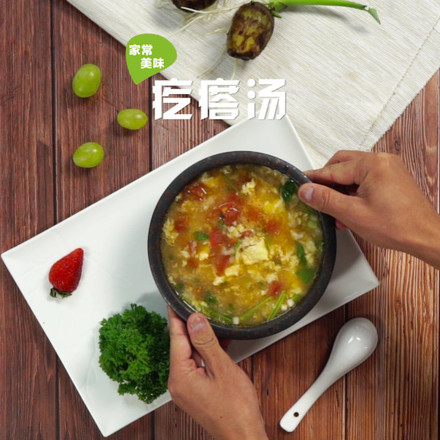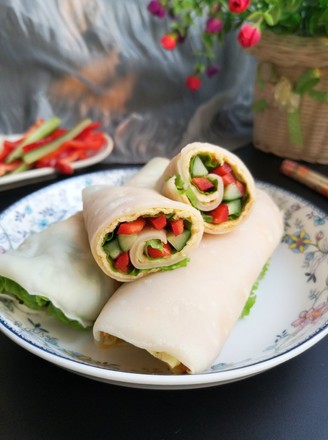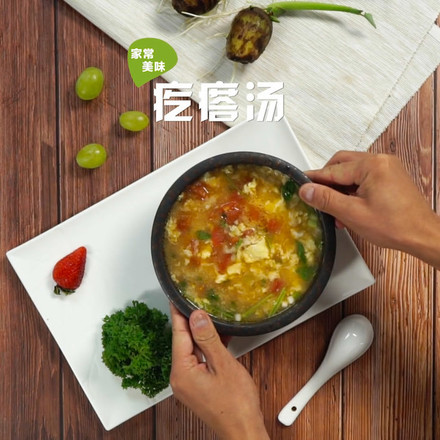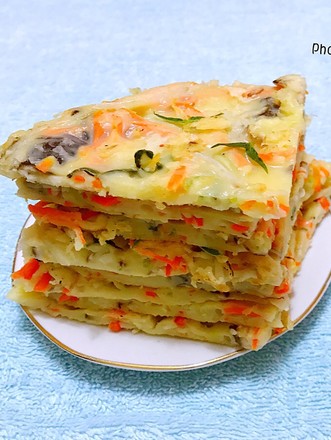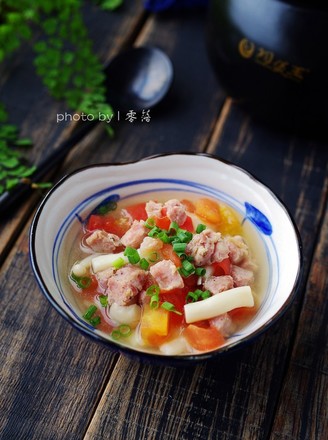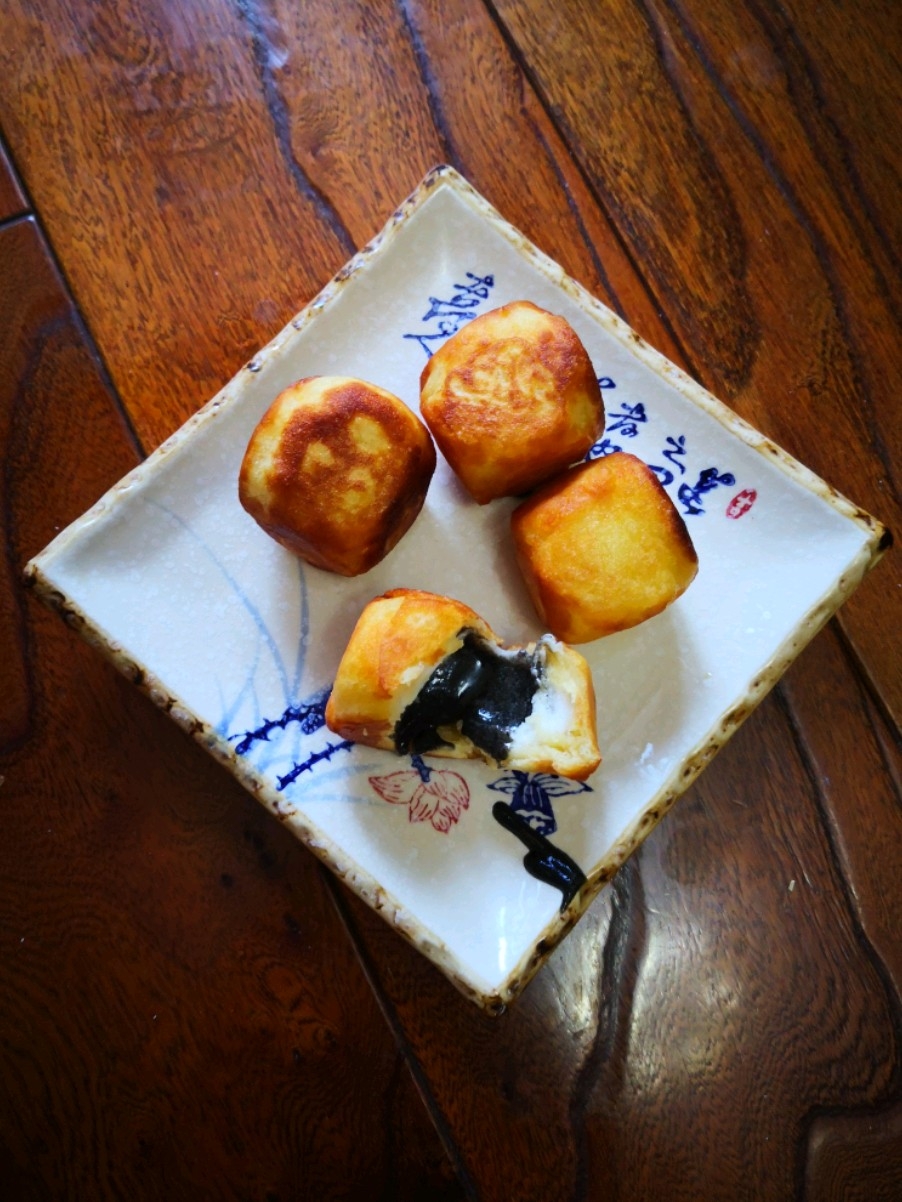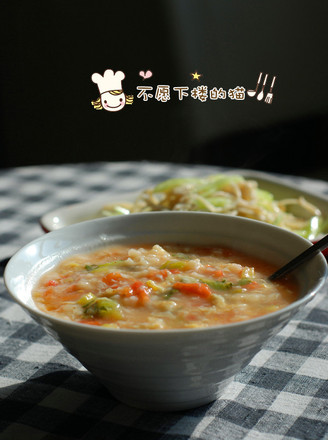Shaanxi Liangpi Production
1.
Put the flour into the basin and add 2 kg of water to make the dough evenly and form a dough in the same direction (it is best to knead the dough in the same direction) and knead slightly, cover it with a semi-dry basket cloth and let it sit for 30 minutes.
2.
Wash gluten: pour a small bowl of clean water into the basin, take the reconciled dough into it, knead the dough gently until the water turns into a thick surface water, take out the dough and set aside the surface water for later use, replace it with a new bowl and pour the small bowl of water into Just knead the dough that has become smaller and put it into it gently.....The frequency of water changes generally depends on the feeling, the less the frequency, the gluten is sticky, the right frequency, the gluten tastes good, and the frequency is no gluten!
3.
Making starch: Put a wooden shelf on the big basin, place the nalu (a copper wire for household filtering impurities) on the wooden shelf, scoop the washed surface water into the copper wire with a scoop, and filter it into the basin for 4~ 5 times, put the filtered broken gluten on the gluten block, and the surface water slurry in the large basin will settle for 5 to 6 hours. Scoop out the water on the basin, and the rest is starch.
4.
Fermentation: Add appropriate amount of baking powder or "old noodles" used for steaming buns, stir well, and place in a warm place for fermentation. About one night or more, when the surface water smells slightly sour, it means that you can proceed to the next step.
5.
Boil gluten: Pour clean water into the pot and boil it, twist the washed gluten into strips and twist them into multiple sticks thicker than your thumb. Put them into the pot and cook for 45 minutes. Remove with a colander and remove the water and tear it. Put them on the plate into smaller strips for later use.
6.
Making dough: Put the batter in a small bowl and steam it on medium heat until the dough is semi-soft and does not touch your hands. Use a spoon to scrape out an appropriate size ball, and quickly roll it out with a greased rolling pin to make it a little smaller and the size of a steamer. Rapeseed oil is applied to the top of each sheet of dough, and it is made repeatedly, and one by one is stacked and placed in a cage. Put it in the basket and steam for about 45 minutes. Take it out. When it cools, separate them one by one and cut into garlic leaf-shaped strips to form dough.
7.
Seasoning: Grind Sannai, star anise, fragrant fruit, cinnamon, and Chinese pepper into a very fine powder, and make the seasoning noodles. Bring to 10% heat with a high fire. When the oil temperature drops to 50% hot, add the chili noodles and seasoning noodles and heat to 10%. Turn off the heat and let stand until no oily smoke is emitted. Pour into the spicy pot oil and pour the spicy pepper in three times. The noodles must be stirred evenly each time to avoid uneven oil spills, some areas are mushy, and some areas are still raw. Serve chili oil with seasoning. At the same time, the refined salt is turned into brine.
8.
Intensive aroma and polishing: After pouring the oil, stir the spicy pepper until it stops bubbling, pour a few drops of Qishan's corn, wheat, sorghum, etc. grain vinegar, and stir the spicy pepper immediately. You can see that the spicy pepper is boiling again and bubbling with an aroma. . The intensely fragrant back pepper is bright red and oily in color, and it smells of a strong, slightly sour, mellow smell. When the spicy pepper is not bubbling, add a small amount of sugar to the spicy pepper and stir evenly, so that the sugar can make full use of the residual heat of the spicy pepper to dissolve in the oily pepper. After polishing, the oily pepper looks ruddy and thick in color, and the pepper oil is more viscous (compared to the general oily pepper oil without sugar, which has a clear and hydrated appearance). The oily spicy pepper at this time has a new feature due to the sugar. For example, when you make noodles, you will find that most of the spicy oil is stuck to the noodles, making the noodles attractive in color, but there are not many spicy peppers on the sides of the bowl. It fully embodies the simple folk customs of the ancient Shaanxi farmers that good steel is used on the blade and never wasted.
9.
Seasoning and mixing: Take a slice of pasta and cut it. Put 20g of gluten into a bowl. Add salt, balsamic vinegar and chili oil according to the taste and preference of the eater. Stir evenly and put into the bowl. Serve.
Tips:
Cold food is also the most common, which can be used in spring, summer, and autumn of the year. It can also be eaten with it. It refers to a bowl of tuned cold skin, and a bowl of black rice porridge with a steamed pork bun. It is simply a golden partner who can eat and drink, and is comfortable. Some people add a pot of rice wine (also a low-grade health wine made from rice), or drink it by themselves, or invite one or two confidants to drink together. It is leisurely and cozy, only on-site taste. Can get. Nowadays, Shaanxi is dominated by Xi'an. Most of the young and middle-aged people take Liangpi, Roujiamo, and a bottle of Bingfeng as the so-called Liangpi set meal. Especially in the summer noon, eating cool cold skin and tasting iced ice peaks. It’s fun to have a little talk with friends.
The reason why Liangpi is universally loved by the public is that besides its good taste and good nutrition, another important reason is that it is fast to eat. It is really convenient and quick to eat in three to five minutes. Therefore, Qinzhen rice noodles are also called Liangpi fast food.

